
A comic book, comic-magazine, or simply comic is a publication that consists of comics art in the form of sequential juxtaposed panels that represent individual scenes. Panels are often accompanied by descriptive prose and written narrative, usually dialogue contained in word balloons emblematic of the comics art form.

Musical theatre is a form of theatrical performance that combines songs, spoken dialogue, acting and dance. The story and emotional content of a musical – humor, pathos, love, anger – are communicated through words, music, movement and technical aspects of the entertainment as an integrated whole. Although musical theatre overlaps with other theatrical forms like opera and dance, it may be distinguished by the equal importance given to the music as compared with the dialogue, movement and other elements. Since the early 20th century, musical theatre stage works have generally been called, simply, musicals.

A soundtrack is a recorded audio signal accompanying and synchronised to the images of a book, drama, motion picture, radio program, television program, or video game; colloquially, a commercially released soundtrack album of music as featured in the soundtrack of a film, video, or television presentation; or the physical area of a film that contains the synchronised recorded sound.

Western Publishing, also known as Western Printing and Lithographing Company, was an American company founded in 1907 in Racine, Wisconsin, best known for publishing the Little Golden Books. Its Golden Books Family Entertainment division also produced children's books and family-related entertainment products. The company had editorial offices in New York City and Los Angeles, California. Western Publishing became Golden Books Family Entertainment in 1996.
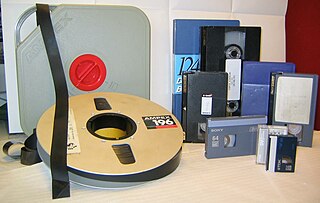
Videotape is magnetic tape used for storing video and usually sound in addition. Information stored can be in the form of either an analog or digital signal. Videotape is used in both video tape recorders (VTRs) and, more commonly, videocassette recorders (VCRs) and camcorders. Videotapes have also been used for storing scientific or medical data, such as the data produced by an electrocardiogram.

A British comic is a periodical published in the United Kingdom that contains comic strips. It is generally referred to as a comic or a comic magazine, and historically as a comic paper. As of 2014, the three longest-running comics of all time were all British.
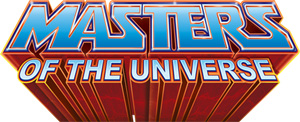
Masters of the Universe is a sword and planet-themed media franchise created by Mattel. The main premise revolves around the conflict between He-Man and Skeletor on the planet Eternia, with a vast lineup of supporting characters in a hybrid setting of medieval sword and sorcery, and sci-fi technology. A follow-up series, She-Ra: Princess of Power revolves around He-Man's sister She-Ra and her rebellion against The Horde on the planet Etheria. Since its initial launch, the franchise has spawned a variety of products, including multiple lines of action figures, six animated television series, several comic series, video games, books and magazines, a daily newspaper comic strip, and two feature films.
Doctor Who spin-offs refers to material created outside of, but related to, the long-running British science fiction television series Doctor Who.

"Spidey Super Stories" is a live-action, recurring skit on the original version of the Children's Television Workshop series The Electric Company.

Lianhuanhua is a type of palm-size picture books of sequential drawings popular in China in the 20th century. It influenced modern manhua.

The Little Endless Storybook is a picture book by Jill Thompson published by the Vertigo imprint of DC Comics. It features the popular Endless characters from Neil Gaiman's The Sandman comic book reimagined as toddlers. A second Little Endless Storybook, titled Delirium's Party, was released in 2011.
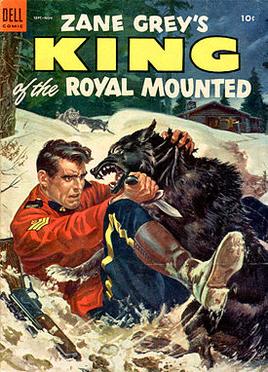
Stephen Slesinger was an American radio, television and film producer, and creator of comic strip characters. From 1923 to 1953, he created, produced, published, developed, licensed or represented several popular literary characters of the 1920s, 1930s and 1940s.

Peter Pan Records is an American record label specializing in children's music. The label was introduced to the public in March 1948. The label was owned by the Synthetic Plastics Company of Newark, New Jersey until the 1970s.
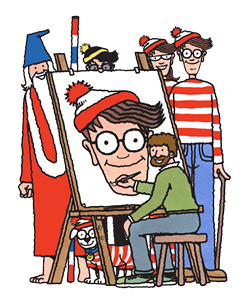
Where's Wally? is an English series of children's puzzle books created by English illustrator Martin Handford. The books consist of a series of detailed double-page spread illustrations depicting dozens or more people doing a variety of amusing things at a given location. Readers are challenged to find a character named Wally and his friends hidden throughout the pages.

The Moomins are the central characters in a series of novels, short stories, picture books, and a comic strip by Swedish-speaking Finnish writer and illustrator Tove Jansson, originally published in Swedish by Schildts in Finland. They are a family of white, round fairy-tale characters with large snouts that make them resemble the hippopotamus. However, despite this resemblance, the Moomin family are trolls. The family lives in their house in Moominvalley.
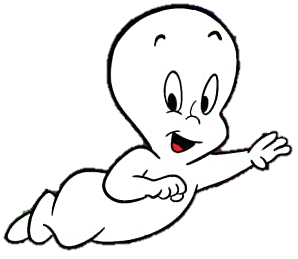
Casper the Friendly Ghost is a fictional character who serves as the protagonist of the Famous Studios theatrical animated cartoon series of the same name. He is a translucent ghost who is pleasant and personable, but often criticized by his three wicked uncles, the Ghostly Trio.
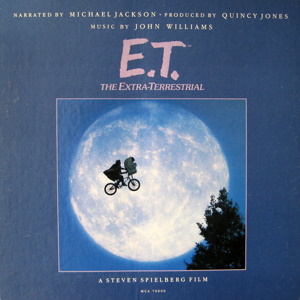
E.T. the Extra-Terrestrial is an audiobook and soundtrack companion album for the 1982 film directed by Steven Spielberg. Composed by John Williams, the album was narrated by recording artist Michael Jackson, produced by Quincy Jones and distributed by MCA Records. The audiobook was produced by John Williams and Michael Jackson working with Rod Temperton, Freddy DeMann, and Bruce Swedien.

Disney's Animated Storybook is a point-and-click adventure interactive storybook video game series based on Walt Disney feature animations and Pixar films that were released throughout the 1990s. They were published by Disney Interactive for personal computers for children ages four to eight years old. Starting from 1994, most of the entries in the series were developed by Media Station. They have the same plots as their respective films, though abridged due to the limited medium.

The Hunchback of Notre Dame is a Disney media franchise, commencing in 1996 with the release of The Hunchback of Notre Dame. The franchise is based on the 1831 novel The Hunchback of Notre-Dame by Victor Hugo.
















